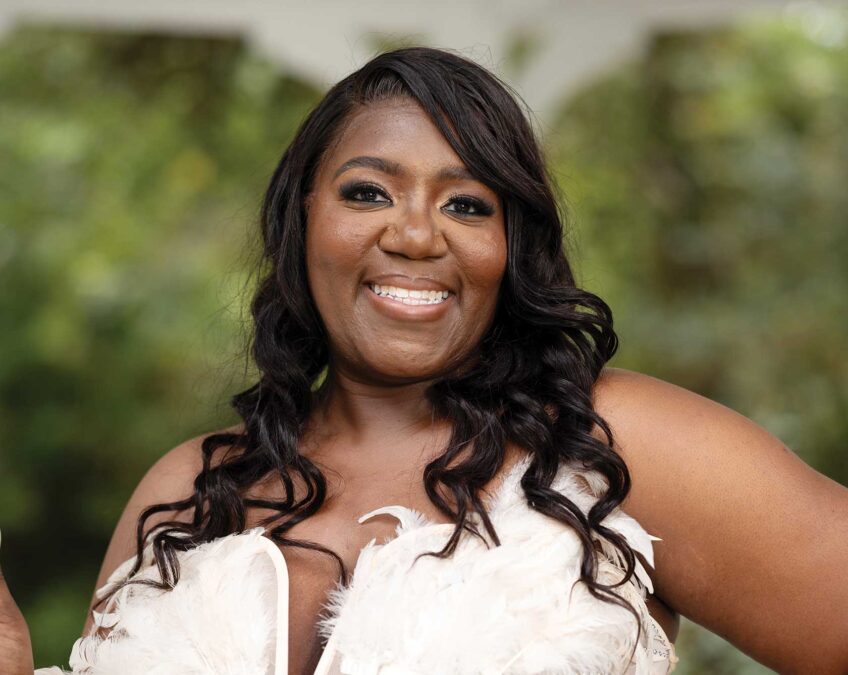The American Cancer Society threw a curve when it recently updated its screening guidelines for breast cancer. Women have been advised for many years to start annual mammograms at age 40. After years of research and observational studies, the organization reached the conclusion that screenings should begin five years later at the age of 45.
According to the ACS, screening at a younger age can cause more harm than benefit, largely because of a higher incidence of false positives in younger women and the unnecessary treatment that follows.
The updated guidelines are for women of average risk only. They do not apply to those with a personal history of breast cancer; those with an increased risk due to suspected or confirmed genetic mutation, such as BRCA1 or BRCA2; or those who received radiotherapy to the chest at a young age. Women who fall into any of these categories are often advised to initiate mammograms accompanied by MRIs at a younger age.
The ACS recommends the following guidelines for women of average risk:
• Initiate mammograms at age 45 instead of 40;
• Change to a schedule of every two years beginning at age 55;
• Continue screening as long as their overall health is good and they have a life expectancy of at least ten years;
• No longer receive clinical breast examinations at any age.
The ACS was clear, however, that women should have the option to follow previous guidelines of yearly mammograms beginning at age 40, and to continue with yearly tests after age 54.
To make matters more confusing, not all health professional organizations agree on these guidelines. The American Congress of Obstetricians and Gynecologists and the American College of Radiology are sticking with the current guidelines of annual screenings beginning at the age of 40. The U.S. Preventive Services Task Force, a panel of national experts in prevention, has taken a more extreme position and recommends mammograms every two years beginning 10 years later at age 50.
Screening guidelines are important, as they dictate coverage in health plans. The Affordable Care Act, commonly referred to as Obamacare, bases its screening guidelines on recommendations from the Task Force. However, as reported by a spokesperson from the Health Resources and Services Administration, the ACA follows previous recommendations of the Task Force, and pays for yearly mammograms beginning at age 40.
The ACA pays 100 percent of screening mammograms. Eligible plans cannot charge a deductible or a co-payment.
Medicare’s regulations are even more liberal. Not only does it cover yearly mammograms at 40, it pays for a baseline mammogram at an earlier age. Several health organizations no longer recommend the baseline test.
Payment for mammograms by Medicaid vary from state to state, but, according to the ACS, all state Medicaid programs plus the District of Columbia cover screening mammograms to some extent.
The lack of consistency in guidelines can be confusing to women, particularly in light of the fact that mammograms have been successful in detecting cancer in younger women. The bottom line is that each woman must take into consideration her risk for breast cancer as well as her level of personal comfort. It is always important to understand the risk, benefits and limitation of breast cancer screening. Mammograms are not perfect. According to the National Cancer Institute, overall, screening mammograms miss about 20 percent of breast cancers that are present at the time of screening.
A discussion with your doctor should enable you to develop a personal plan that fits your needs, family history and comfort level.






